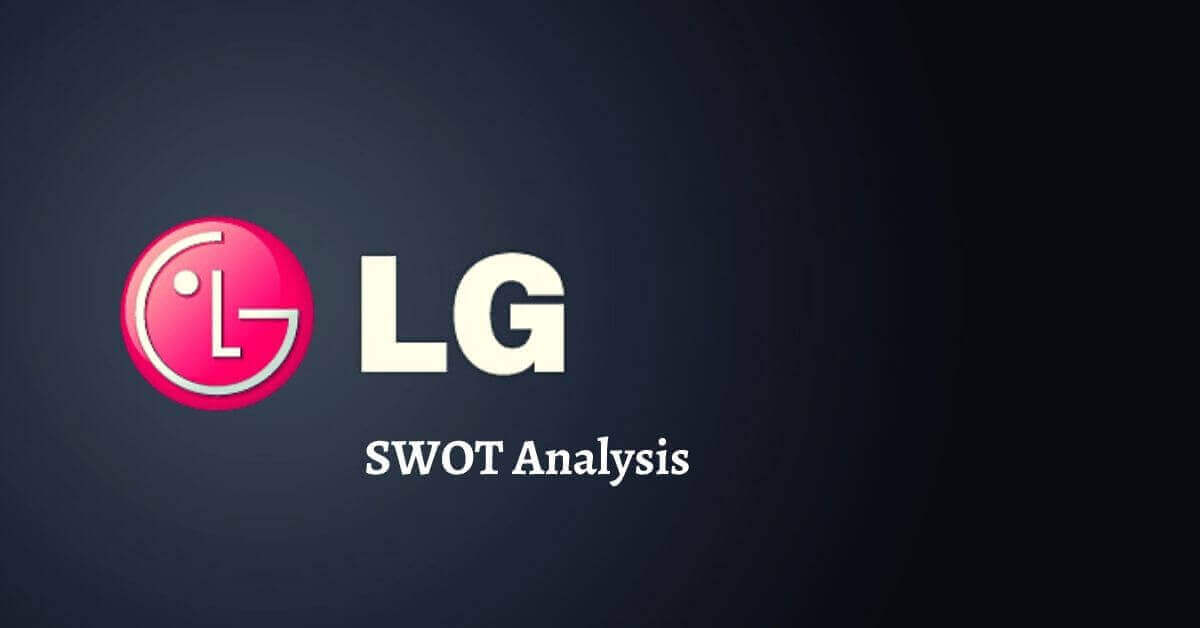Zalora is a leading beauty, fashion, and lifestyle Asian brand and e-commerce platform. The Global Fashion Group founded the fashion company in 2012. Today, we’ll discuss the SWOT analysis of Zalora; it outlines strengths and weaknesses; opportunities, and threats that the company has to face; as a business strategy analysis example company.
Products and services portfolio of Zalora
- Household and living items
- Lifestyle
- Beauty
- Fashion
- Shoes
- Accessories
- Apparel and clothes
Parent Company of Zalora
- Global Fashion Group
Statistical facts and figures of Zalora
- User network: 50 million
- Annual revenue: 583million USD
- Employees: 2875
Competitors of Zalora
- Zalando
- Zilingo
- Zaful
- Shein
- Shopee
- Lazada
- Zara
- Fashion Valvet
The SWOT analysis of Zalora would analyze the internal strengths and weaknesses of the company; and external opportunities and threats that the brand has to face. Here’s Zalora SWOT analysis as a business strategy analysis example company as follows;
Strengths of Zalora
Some of the main internal strengths in the Zalora SWOT analysis example company as business strategy analysis are as follows;
Large Network
Zalora has established a very large and strong fashion market network in Southeast Asian countries. The company is operating its e-commerce business in countries like Taiwan, Hong Kong, the Philippines, Brunei, Malaysia, Indonesia, and Singapore. The large and diverse network helps the company to serve a wide range of customers in various countries worldwide.
Brand Recognition
Zalora is the leading luxury fashion e-commerce brand in the Asian market. It helped the company to earn a unique brand reputation in the Asian fashion market. Almost 99% of the luxury fashion brands are European, American, or Western; it is the leading Asian fashion brand.
Strong Parent Brand
Global Fashion Group is the parent brand of the fashion company, Zalora. The parent company has a strong retail chain and e-commerce market network across the world. It allows the company to amplify its market growth and learn from the professional expertise and experience of the parent company.
Large Portfolio
Zalora has established a very large and diversified fashion product portfolio. It comprises of a wide range of approximately 20 million fashion and lifestyle products and services in various categories. The large portfolio helps the company to amplify its customer market reach and target new segments of the customers.
Marketing
Zalora runs various types of marketing and advertisement campaigns on various social and digital media channels and platforms. They are like influencers’ marketing, celebrity endorsements, brand ambassadors, buzz marketing strategic approach, and other strategies.
Return Policy
Zalora offers 30 30-day return policy to customers, free delivery, and multiple payment methods. The easy return policy shows the company’s strong commitment to providing the best experience with its fashion and lifestyle products and services.
Weaknesses of Zalora
Some of the main internal weaknesses in the Zalora SWOT analysis example company as business strategy analysis are as follows;
Limited Market Share
Zalora is only operating its business in the Southeast Asian market. Many marketing and business experts consider that heavy reliance on one market is not a good business and marketing strategy for the company.
No Retail Chain Stores
Zalora has established a strong online presence and e-commerce platform with no physical presence and retail chain stores of the brand. It makes the company’s business strategy highly vulnerable. It is because the networking issue would jeopardize the entire business of the company.
Opportunities for Zalora
Some of the main available opportunities in the Zalora SWOT analysis example company as business strategy analysis are as follows;
Market Expansion
Zalora should expand its luxury fashion business into new regions, countries, and markets across the globe. The European, American, Chinese, Indian, and Australian markets hold great growth potential for fashion and lifestyle products. It would help the company to amplify its user network and market reach.
Portfolio Expansion
Along with market expansion, Zalora should also expand its product portfolio by launching new types of product lines like jewelry, wine, and other consumer products. They are complementary to the fashion products, and the new offers would help the company amplify its customer market reach and target new segments of the customer market.
Brick & Mortar Stores
Zalora should start opening up retail chain brick-and-mortar stores in various cities and countries across the world. The physical network of stores would strengthen the brand positioning of the company on the ground. It allows the customers to physically visit the stores, and check the products before buying them.
Threats to Zalora
Some of the main potential threats in the Zalora SWOT analysis example company as business strategy analysis are as follows;
Competition
Zalora is facing tough competition from competitive brands like Zara, Shopee, and Lazada. They all have established a strong market position and a loyal database of customers and their market presence is negatively impacting the company’s revenue and profitability.
Data Privacy Regulations
Zalora is only operating its business online and running an e-commerce platform. The company deals with highly sensitive and personal data of a very large customer market. However, government data privacy and protection laws are very strict; any type of data breach would bring expensive lawsuits and fines.
Conclusion: Zalora SWOT Analysis Example Company |SWOT Analysis of Zalora |Business Strategy Analysis
After an in-depth study of the swot analysis of Zalora; we have realized that Zalora is the world’s leading retail fashion and lifestyle e-commerce platform. If you are learning about Zalora SWOT analysis example company; then you should keep in mind the abovementioned internal strengths and weaknesses; external opportunities and threats as brand strategy analysis.

Ahsan Ali Shaw is an accomplished Business Writer, Analyst, and Public Speaker. Other than that, he’s a fun loving person.


